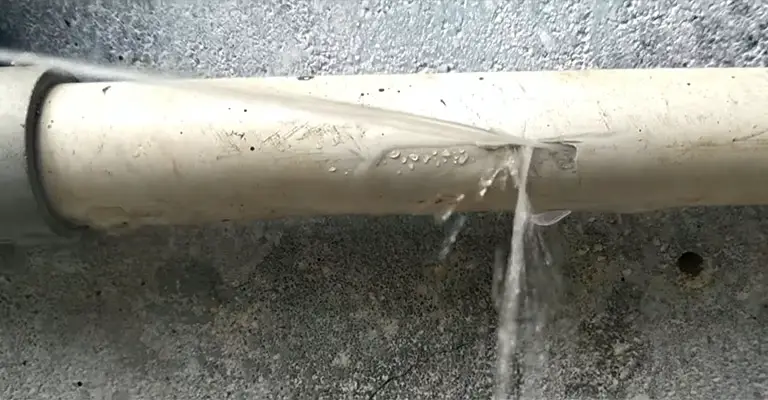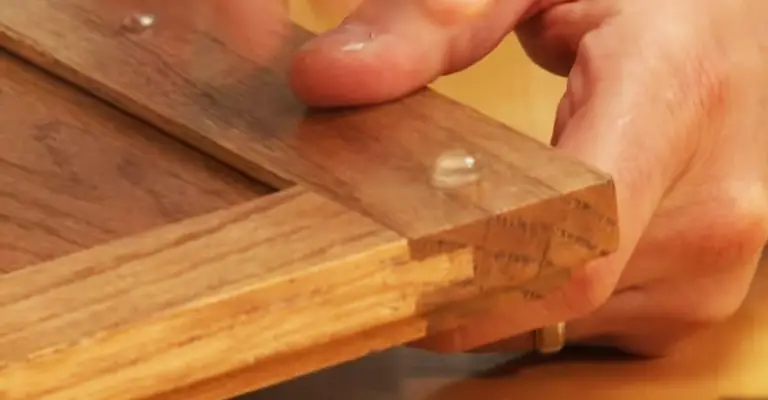Is Crushed Concrete Good for Paver Base?
Crushed concrete is decent as a paver base. A paver base made of crushed concrete looks solid and attractive. Not to mention, the availability and easy installation make it all the more desirable.
Although you may have an easier time dealing with crushed concrete, the installation needs proper care to make it a success. That is, preventing unwanted cracks and damages should be the priority.
Is Crushed Concrete Good for Paver Base?
Pavers sit on a strong base such as crushed stone or concrete. With the help of sand, they settle down. As they must support extensive weight for years, using pavers with proper thickness and correct installation are critical. Cracks and decaying damages are kept in check that way.
Choosing the Best Base Material for Pavers
Selecting a base means choosing the anchoring materials for your pavers. Each material has different properties that may aid or obstruct your paver installation. Crushed concrete is a great option for long-lasting, resilient pavers while keeping the budget and project in mind.
The best thing about concrete-based pavers is that they are versatile and an attractive prospect to any outdoor project. Their installation is simple, efficient, and they make use of the space properly. That is why the most essential thing is to select and use proper paver foundation materials.
What is RCA?
Recycled concrete aggregate (RCA) is an alternative for crushed stone that has environmental benefits as well. When it comes to crushed stone, it is mined as “virgin aggregate”. Then after breaking it into pieces, they are sent for sale.
The existing concrete is broken down into gravel and RCA is produced. On another note, apart from the fact that it has smaller carbon output, the RCA process takes less energy than mining virgin aggregate. As a result, it is a more sustainable option.
Although RCA has similar functions to crushed stone in a paver base, there is a problem. It is practically impossible to know the different rock mixtures it contains. As a result of such unpredictability, RCA is a less reliable base choice than crushed stone.
Ideal Thickness for Pavers
For most garden pathway applications, pavers should be 2-3/8 inches thick. The thickness specification mainly revolves around the base. It also depends on the sand or gravel you will be using. In order to distribute weight uniformly and tackle damage, pavers should be at least 2 inches thick.
If more than one person crosses the pavers at a time, this should be the minimum specification. Cutting corners and saving money by using thinner pavers will lead to cracks in those pavers. In those cracks and holes, weeds might pop up which is certainly unwanted.
Proper Way of Preparing Crushed Concrete
The proper base installation makes a solid area for leveling the sand and the top surface. Firstly, a base made of crushed concrete should be 4 to 6 inches thick. Level the soil for the walkway and then spread a 2-inch deep layer of crushed concrete across the site. Then use a plate compactor and gently vibrate the random crushed concrete pieces. As a consequence, the pieces will lock into place.
After that, add another 2-inch deep layer of crushed concrete and compact the material similarly. If you do not compact the area below the pavers carefully, ground contours will appear rapidly at the paver surface level. Use proper paver thickness as pavers may buckle if the crushed concrete base is not a solid one.
Install the Pavers
After you are done with the screeding, install your pavers quickly and carefully. Know that the base will be exposed to dirt, wind, and people if you leave it overnight. Aside from the base, leaving pavers out overnight can result in increased moisture content. This may lead to efflorescence after installation. Due to this phenomenon, the pavers get a white or greyish tint. Add the pavers right after screeding to avoid efflorescence.
Bedding Sand
Once you put the pavers in place, vibrate them with a compactor. The required bedding sand is a 1-inch deep layer. Your pavers will lay directly on it. Furthermore, the joints of the pavers should be filled with sand. This is because the sand between the joints prevents the pavers from rubbing against one another.
Make sure the bedding sand is added uniformly to reduce nonconformities. The joints with sand in between create a continuous surface with proper weight distribution across all the pavers. As a result, the pavers will be durable and sustainable.
Is crushed concrete good for drainage?
Recycled aggregates hold supremacy over the naturally crushed concrete aggregates with higher water absorption rate and surface roughness, more pores, and dosage of pulp. Although these result in a lower slump and poor fluidity, the water retention and cohesiveness drastically. The large porosity also helps increase the resistance to deformation and drying shrinkage of the recycled concrete.
Therefore, crushed concrete is decent for drainage of a paver base. Besides, crushed concrete is a more cost-effective option than crushed stone, while being just as durable. And because the material has great versatility for fit a wide variety of projects, nearly everyone can reap the fruits of crushed concrete.
Frequently Asked Questions
- Can I use crusher dust under the paver base?
Crusher dust can be a good base for pavers. Although, it is not recommended to use crusher dust and mix sand with cement. However, as coarse stone dust has certain properties that give it superiority over regular stone dust.
- How deep should a paver base be?
The depth of a paver base is determined by the type of stone and the type of sand or gravel. For pavers with a thickness of 3 to 3-1/2 inches, you will need to dig a base depth of about 9 inches.
Can I Lay Tile Over Painted Concrete Floor?
Yes, you can lay tile over a painted concrete floor. Following the right steps, you can easily do that.
Conclusion
Crushed concrete proves to be a highly effective and sustainable choice for paver base in various landscaping and construction projects. Unlike other paving materials, crushed concrete fines are derived from demolished concrete, offering an eco-friendly alternative to fresh concrete. This repurposing not only conserves raw materials but also reduces the environmental impact associated with extracting and processing new concrete. The crushed concrete’s robustness is akin to traditional building slabs, ensuring a strong foundation for pavers with minimal maintenance required. Its ability to compact firmly while allowing proper drainage makes it an ideal choice, both functionally and environmentally.
Furthermore, crushed concrete is not limited to paver base applications. Its versatility extends to other landscaping projects, where it can serve as an excellent alternative to conventional landscaping stone. The crushed concrete fines, with their unique texture and composition, add aesthetic value while retaining functionality. This adaptability to various uses makes crushed concrete a preferred material for eco-conscious consumers and professionals seeking sustainable solutions. In essence, choosing crushed concrete good not only for paver base but also for a range of landscaping and construction applications signifies a commitment to environmental responsibility and sustainable building practices.
Being a more cost-effective and eco-friendly solution when compared to other options, crushed concrete is a great material to use for pavers. Regardless of whether it is an outdoor project or a residential one, crushed concrete displays versatility and generates an attractive appearance.






